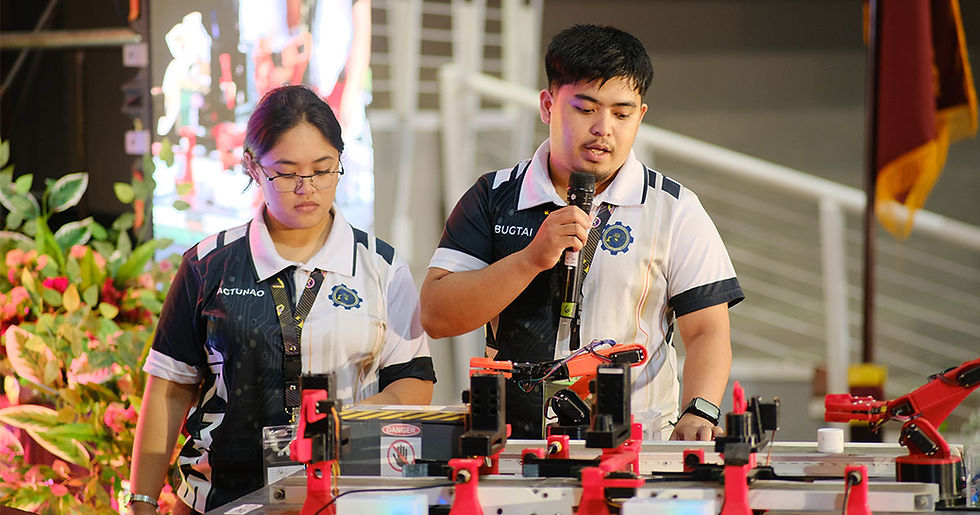Making Water Pipe Fittings in the Field
- Field Ready

- Oct 4, 2016
- 2 min read
In the recovery from the earthquake, aid agencies are working hard to rebuild water systems in communities. However, making an effective and safe water system is challenging due to the lack of availability of suitable parts.
Water systems are typically constructed from flexible HDPE piping, which should be joined by plastic fittings that seal the pipe with an o-ring. However, local markets only contain galvanised iron fittings, which do not seal to the pipes and are easy to knock loose. When these fittings are unavailable, users of the water system will make connections using bamboo, plastic bags, rubber from tyres. Insecure fittings lead to loss of pressure at the taps and can potentially lead to contamination of the water supply

In 2015, Field Ready made and installed a 3D printed pipe fitting in an IDP camp in Sindhupalchowk, the district of Nepal most affected by the earthquake. Since then, a lot of work has gone into making 3D printable pipe fittings an easily attainable solution for aid agencies to adopt when working to set up water systems in the field.
One of the key activities in developing the design further was finding a way to make o-rings in the field – where markets do not contain suitable fittings, or a suitable range of o-ring sizes. Field

Ready tried a number of approaches, from experimenting with strips of rubber, to cutting and joining pieces of silicon cord, but the technique that resulted in the most accurate and reliable outcome involves a simple 3-step process starting with a 3D printed mould.
Field Ready printed a range of 3D printed moulds for the most common standard o-ring sizes. From the moulds, it is possible to make silicon moulds which can be taken into the field along with castabel polyurethane. When the field workers know what size o-rings are needed, they can
simply select the right mould and cast the o-rings

on the spot.
The second key activity is enabling aid workers to quickly obtain CAD files of the desired fittings without needing to invest their time in manipulating a CAD file.
In collaboration with a team from Imperial College London, Field Ready developed an app which can deliver an appropriate CAD model to aid workers based on the parameters they select. For example, an aid worker may need to join two 60mm pipes to a 32mm pipe with a T-fitting. The MakeFit app enables them to select a T-fitting, and enter the diameters of the pipes. The app will then produce an appropriate part design, as well as CAD models (if required) for making the moulds for an appropriate size of o-ring.
Field Ready is looking to extend the range of materials available by enabling aid workers to produce flexible pipe fittings. This is extremely useful in IDP camp or refugee camp settings, where water system pipes are often laid over ground and frequently need to be moved.

_edited.png)




Comments